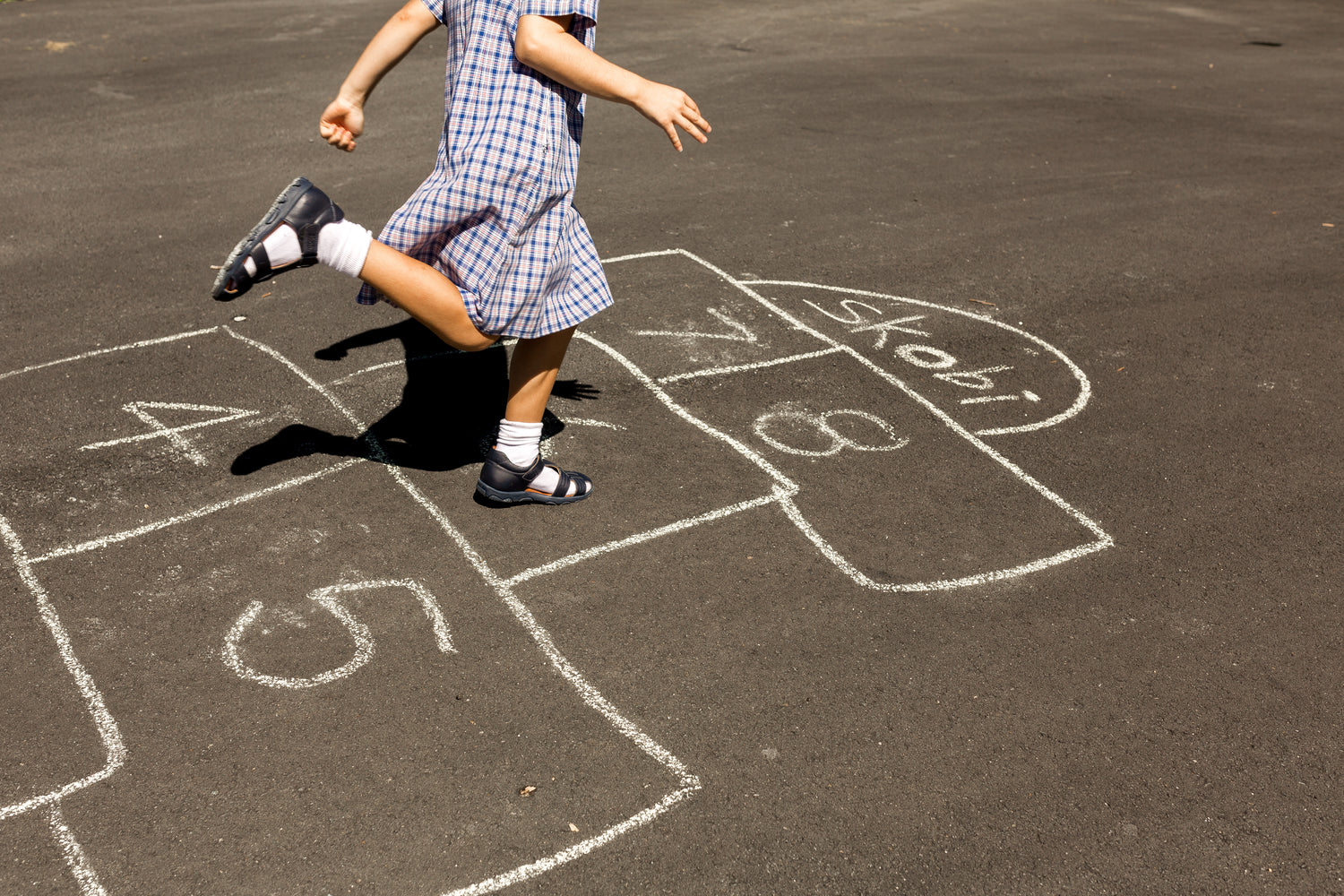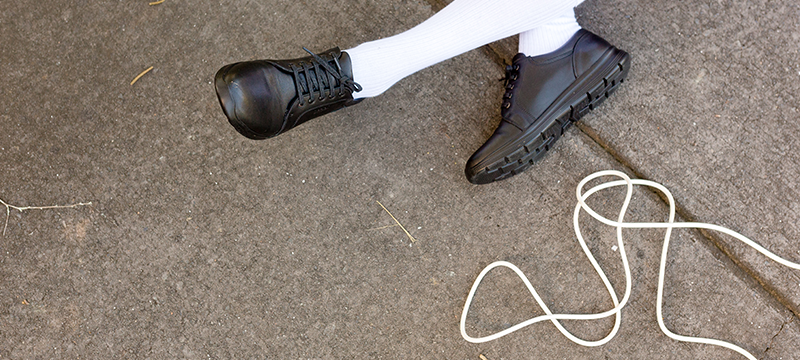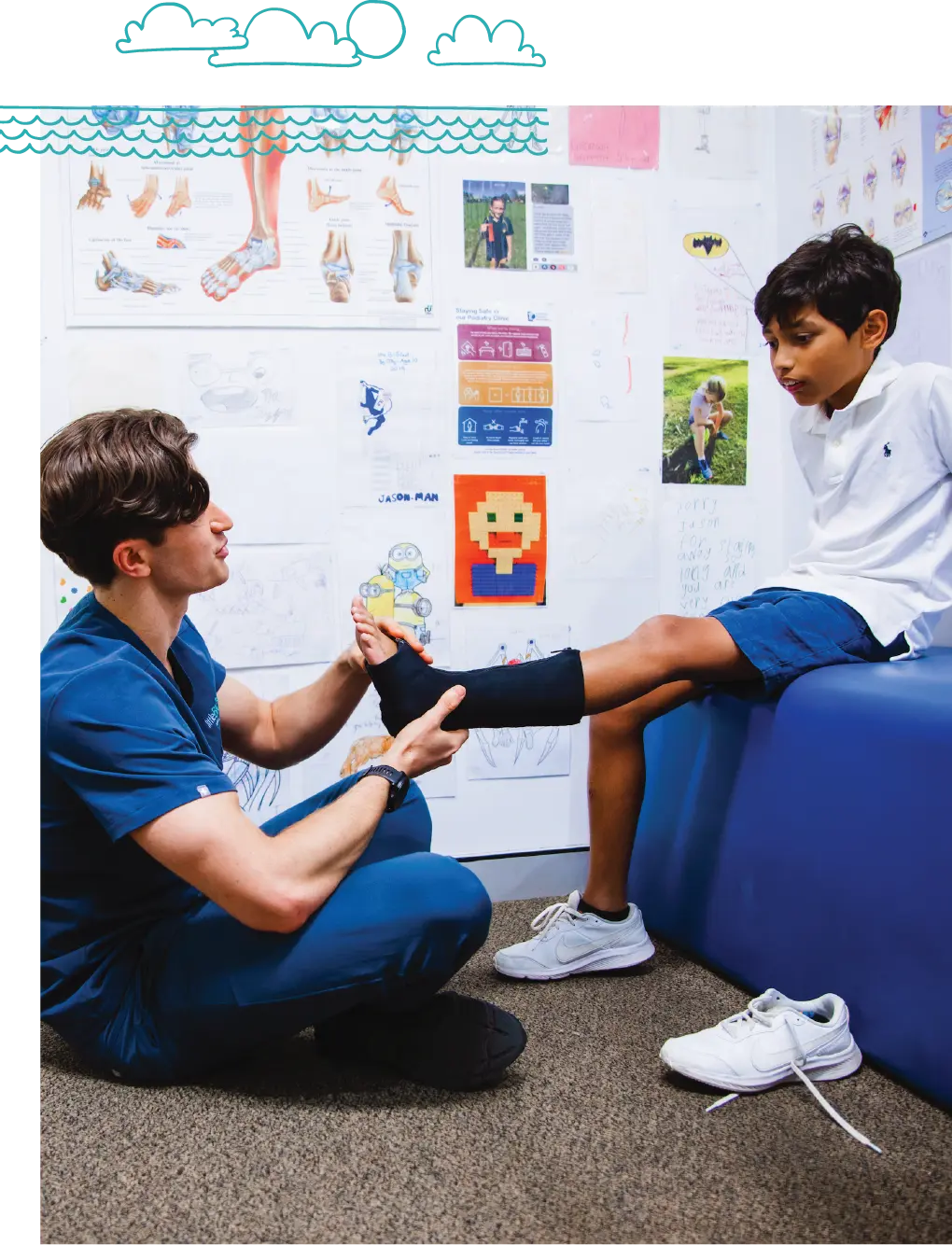These days society is ripe with judgement. We’re judged by what we wear. We’re judged by the car we drive. We’re judged for how we dress our kids. We’re judged for taking the kids to the doctor too soon (it was only a teeny fever after all!) We’re judged for taking them too late… but holy smokes that could have been a shocking case of influenza! Gosh darn it, judgement is even passed for what toothpaste we buy, what washing liquid we use… and of course you know where I’m going with this one… what shoes we buy for our kids.
It’s tricky trying to keep up appearances in 2019. Of course it’s ok to pass up on the latest iPhone X, or a lovely marble (and peach with gold trim) fruit bowl… but when it comes to our kids, there’s a sense of doing them a disservice if they don’t have ‘the best’ (or what we seemingly believe is ‘the best’ for them).
Let’s face it, we all want to give our kids the very best head start we possibly can. Sure, if we can do it, we’ll pay for tutoring to improve their scholastic results; we’ll pay for language and musicianship classes, because a more worldly child will surely make for better life outcomes?! Hey, we’ll even pay for our kids to do gap years, and pay for the fastest racing suit (swimming that is) because it’ll surely shave off that extra tenth of a second…. or a sweet pair of Asics Kayanos because they’re top of the line so surely they’ll have better foot-health outcomes for my kid right? (Oh, and they’ll run faster, won’t they?)
Ultimately we all just want what’s best for our kids. After all we won’t want them getting left behind. But when it comes to feet and more specifically the shoes you choose for your child, I’m often asked as a podiatrist, just how much we need to spend on kids shoes.
So, in a nutshell, here’s what I can tell you about kids footwear from a podiatry standpoint. Shoes, and more specifically, well fitting, correctly prescribed footwear can have amazing effects on a child’s foot positioning and gait (walking patterns). We see it first-hand clinically every day. A child comes in with heavy oversized shoes. The parent is complaining of the child in-toeing, and with some simple parental education in footwear and appropriate selection of light weight, correctly fitting, straight lasted shoes… the child’s presentation is 80% resolved. The parents sing our praises, because, more often that not, little to no intervention is required… Just some simple footwear education and correct selection (and maybe a few simple at home stretches to go along with it). This is only one of the many presentations whereby footwear is hugely influential in the child’s overall foot positioning. As podiatrists, we employ footwear as a method of treatment in an array of presentations…. We select stiffer mid-soles for toe-walkers, we opt for medial posting (that thing some brands call “dual density’) for children requiring maximal rearfoot control, we recommend flexible soles for younger children (without any foot concerns) to improve their proprioception and tactile sensation underfoot during early years…. The list goes on.
Conversely, incorrectly prescribed footwear can have a detrimental effect on a child’s mechanics and foot health. I’ve seen parents choosing top of the range (we’re talking $180-$220) joggers with all the bells and whistles, for kids that just haven’t needed it, and resultantly that child presents in pain from a shoe that’s simply too supportive for their needs. And unbeknown to the parents, because they’re of the opinion they’re doing the best for their child by selecting a top of the range shoe.
Let’s not be mistaken here. There are some really great kids shoes out there with a pretty big price tag to match. Some brands invest a heap into research and pour great tech specs into their footwear to create the upmost in comfort & cushioning or support and control. The R&D that goes into many brands (including Skobi) is another discussion point all together… at which time we can start talking about the costs of the moulds on which shoes are constructed, the types of construction (and the costs associated with these), the materials including premium leathers, and vegan options etc… they all come at a cost too. But let’s stay on track here. What we really want answered is just how much is too much when it comes to kids shoes… and should you really feel bad if you’re not buying top of the range?
So we’ve worked out that there certainly is a group of kids out there who warrant specific features in their footwear. The kids that need light weight, or firm soles units, or supportive heel counters… and the rest. And whilst we see a lot of these kids clinically, this certainly isn’t the majority. Most kids out there don’t have any foot concerns at all. These kids could run 5km barefoot and not have a problem. And so for them, really, I’d be lying if I said they needed certain tech and specs in their shoes, because quite simply, they don’t. For most kids you don’t need to invest a heap in the latest Nike Frees or the amazing tech and cushioning of an Asics Kayano. Our feet are designed to manage the undulations and changing terrain, and we can let them do just that (providing it is pain free of course!...I do need to put that disclaimer in here… because if your child is in any way symptomatic then they don’t really qualify in this group. The symptomatic child needs some prescription of sorts when it comes to footwear).
I’ve seen a lot of shoes in my time…. And I can tell you right now that I’ve seen some terrible $150 kids joggers and some really fabulous $60 joggers. The secret here is that we ought not to judge based on price point. If you know what you’re looking for you often can find a great shoe without the price tag to match. Your podiatrist can point you in the right direction as to what features to look out for based on your child’s foot type. The materials, the weight, the level of support, the fit, the construction… they’re all points to consider.
Ok, I know what you’re asking now… ‘So my child can get away with a pair of $30 school shoes right?’ Well from a foot function perspective maybe they can?! But then you have a few other questions to ask yourself. Would you rather buy one pair of $30 shoes each month (generally made from lesser quality materials and inferior construction, in factories where we don’t know who is making them and how much, or how little, they’re being paid) or would you prefer to buy one pair of superior quality shoes, crafted from breathable locally sourced textiles, where R&D is an investment, not a headache…? I always vehemently explain to parents that the key to picking a good shoe is not just what matches the child’s foot type but equally as important is choosing a shoe that will match the activity levels of a child. For example, a reinforced toe bumper will go a long way in terms of longevity for a scooter-riding kid! So providing you have an understanding as to what your child needs by way of their footwear, then you can go out armed with this knowledge and select a shoes based on features, specs and activity levels… not simply based on price.
So maybe there is a middle ground here. Any if you’re not sure, and seeking more reassurance… then pay your podiatrist a one-off visit. Because any good podiatrist should be able to tell you exactly what level of support, and what features of a shoe your child requires. Then go out there with the peace of mind that you’ve sought professional opinion for your child’s footwear. And hopefully (if I’ve done my job here) you haven’t been recommended some unnecessary, overly expensive sneakers for your child!
So whilst you need not pay the world for your kids shoes, and maybe no one will judge you for what brand you choose… you need to feel confident in the fact that you’re not judging yourself!






